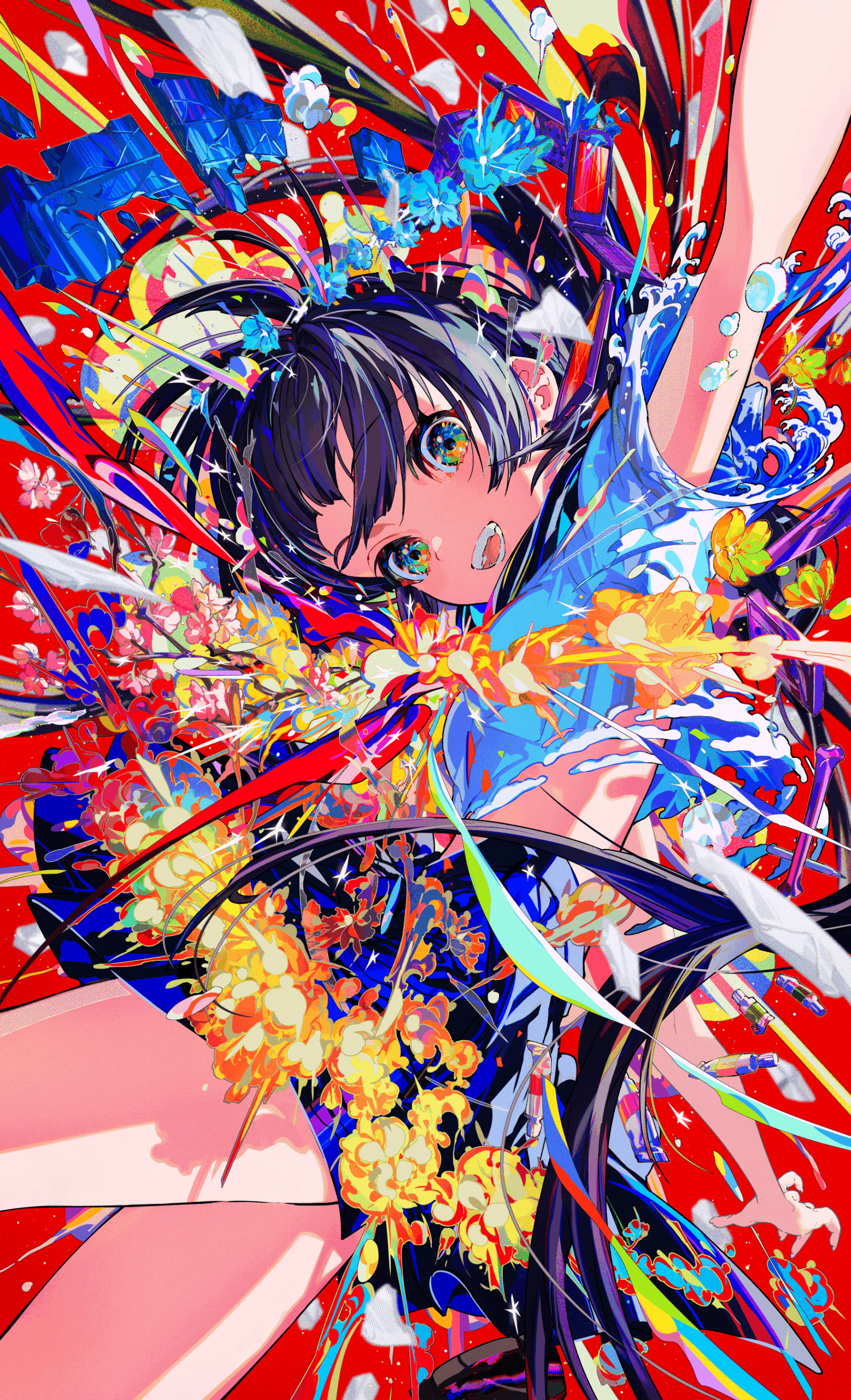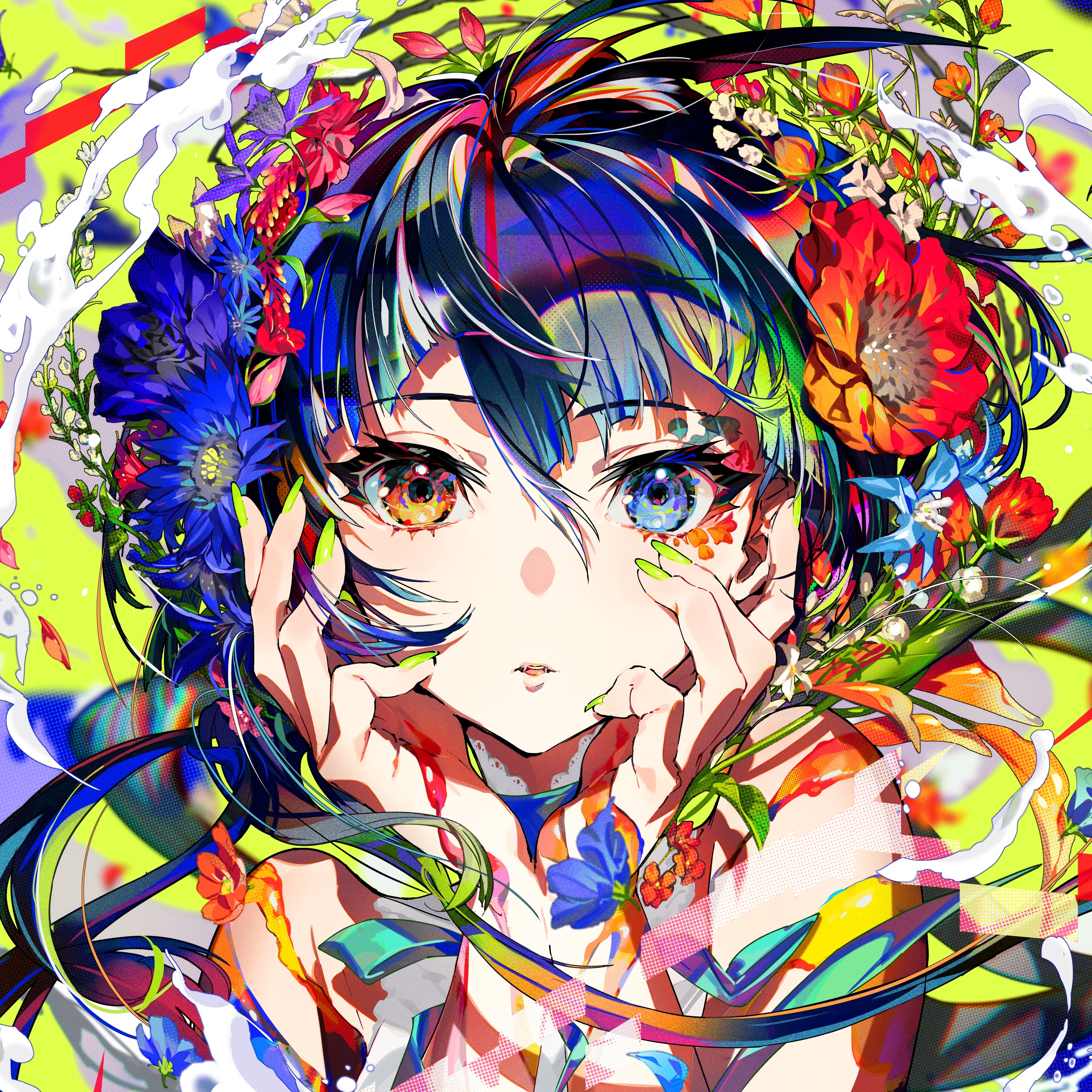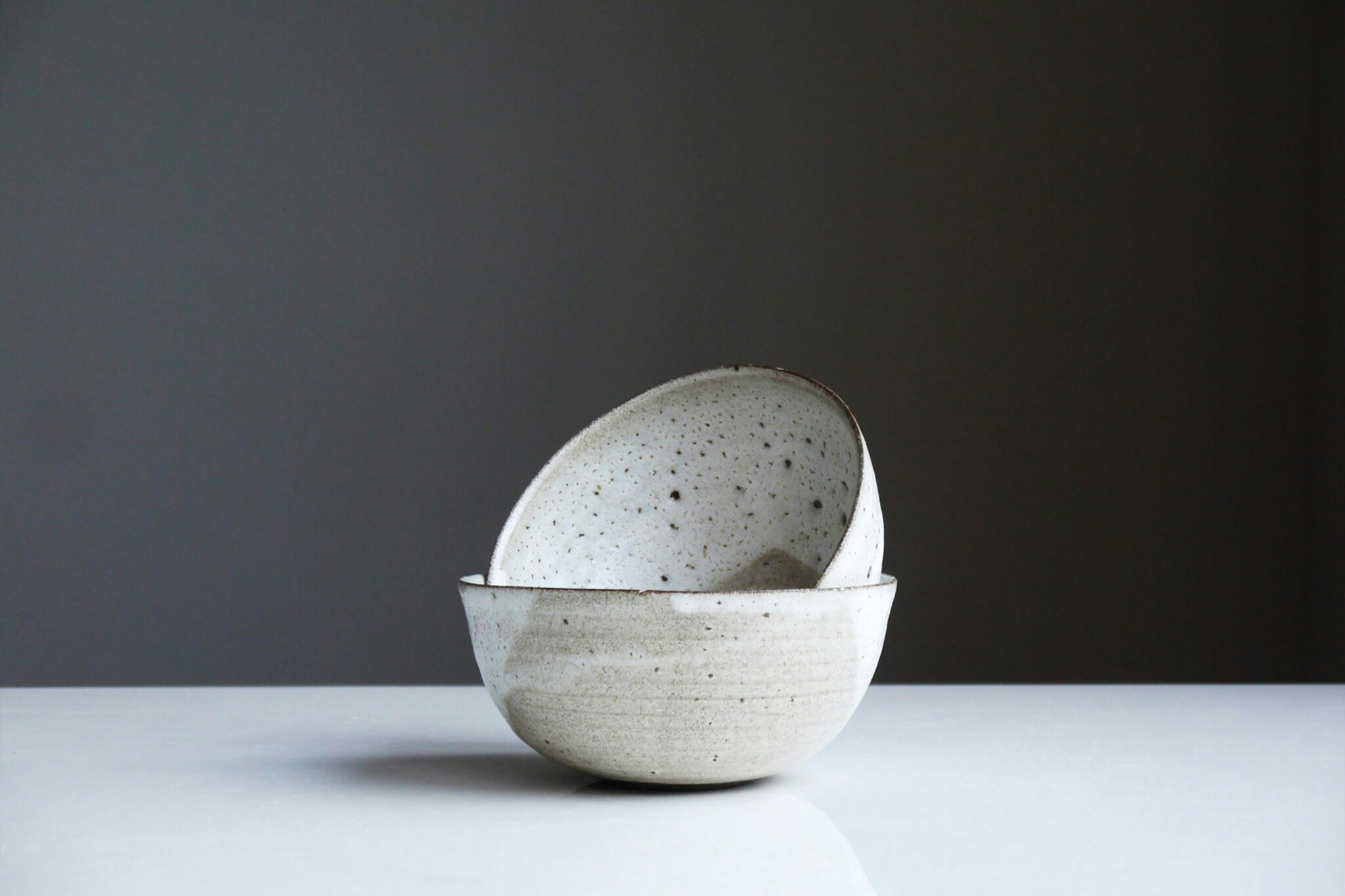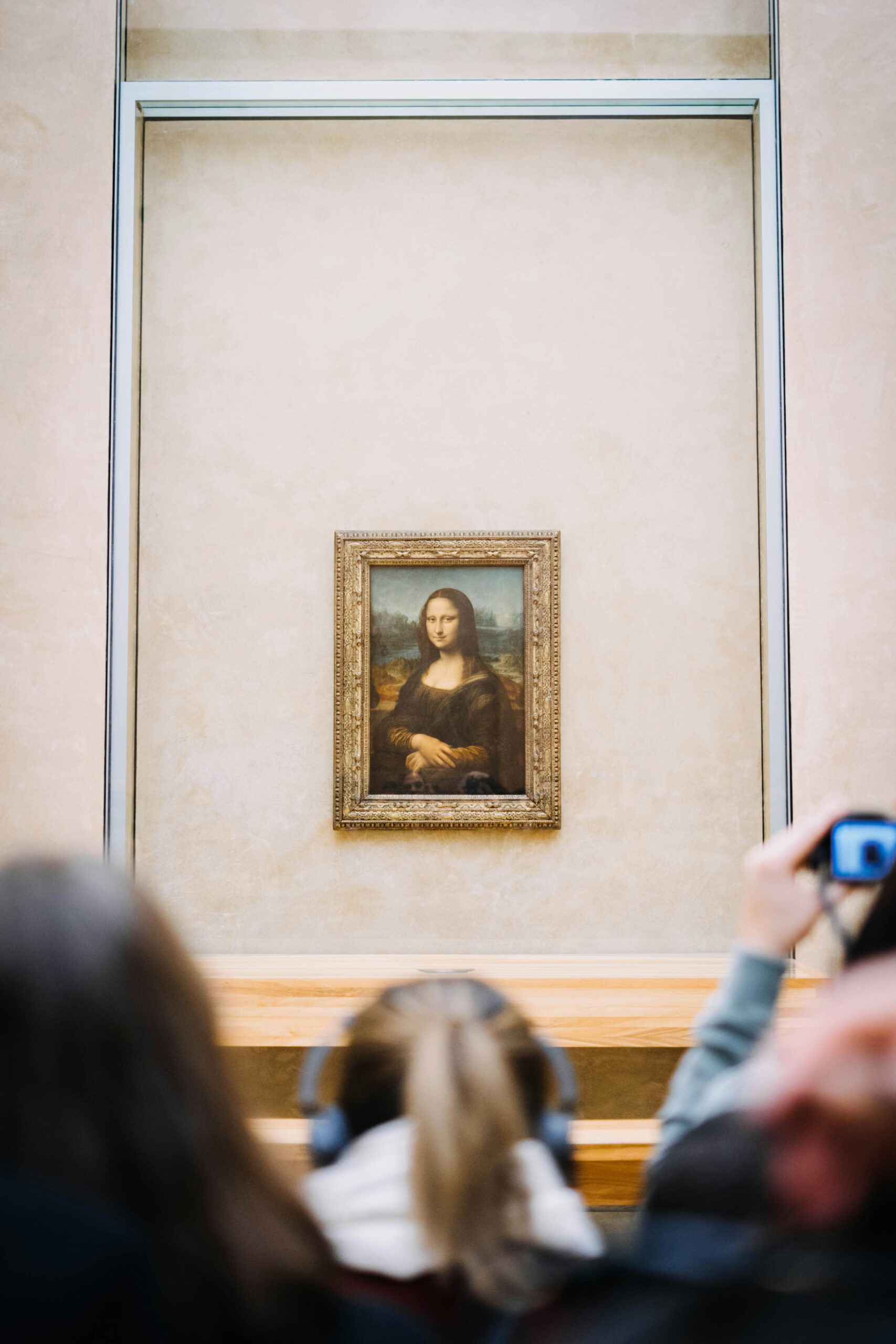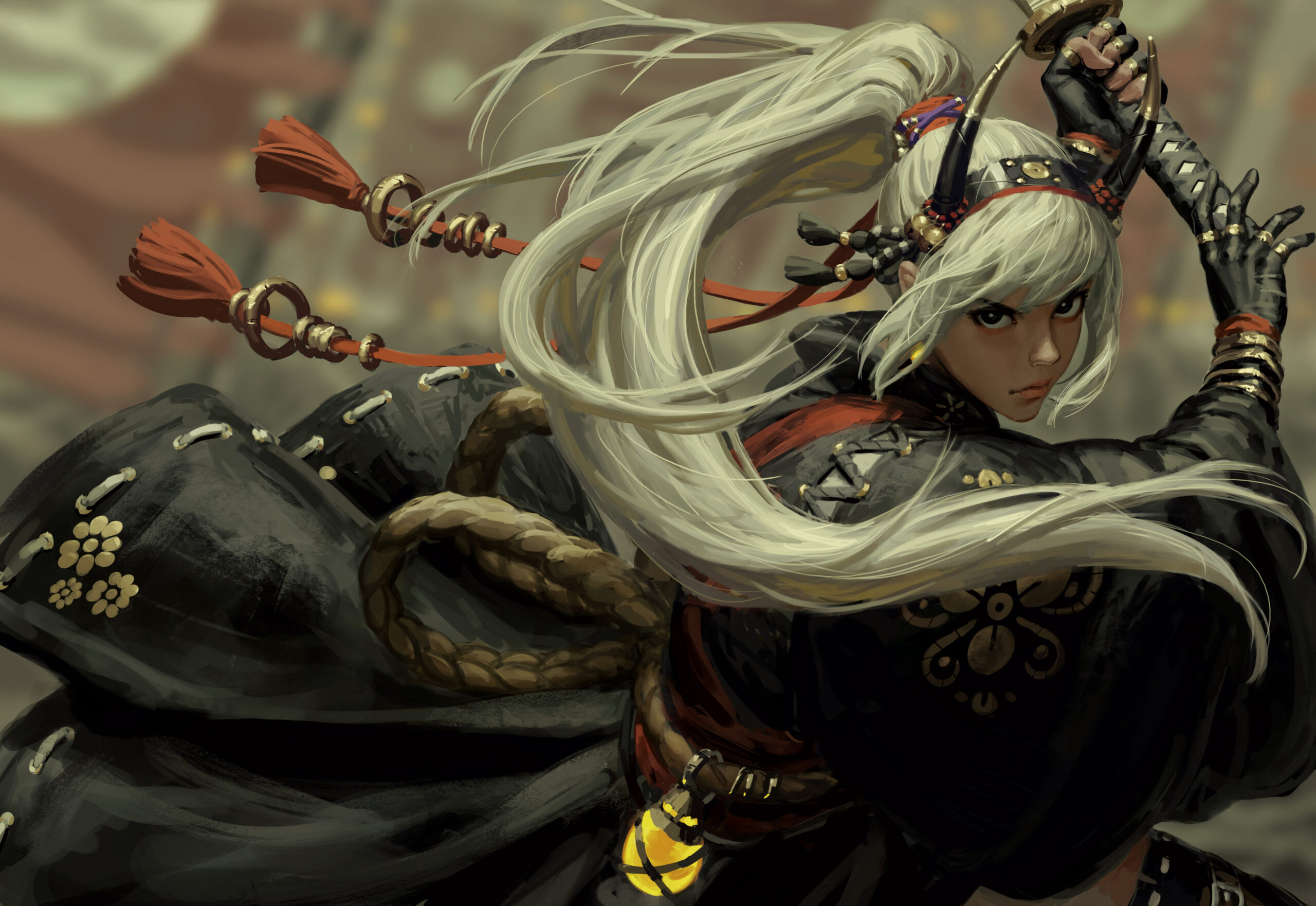From V Tubers like Luna Kaguya and Hakos Baelz, to the illustrative tribute “Disney Collection by Mika Pikazo,” and even character designs for games like Fire Emblem Engage and Fate/Grand Order—in recent years, Mika Pikazo has expanded her activities beyond the framework of an “illustrator.”Looking at her body of work and her active schedule of solo exhibitions, it’s safe to say she is undeniably prolific. What is it that drives her to create so relentlessly?
Compared to the many wonderful interviews she has given in the past, what is on her mind now, in September 2025? We bring you our interview with Mika Pikazo in two parts.

Encounter with a Mentor
Mika Pikazo (hereafter, M): There’s a producer at a certain music company who I’ve always admired. I think of creators and artists as people who express their work outwardly, but this person shows you little moments of entertainment in the course of a normal day. I’ve known him for about seven or eight years now, and I was just amazed that someone like him existed in the world. They’re probably the type of person who just intuitively knows what to say to someone at the right time. When I was so mentally broken that I didn’t know what to do, I decided that the last person I would go see was him, and I went to him for advice, crying.

Wow, it’s incredible that there’s someone like that!
M – I know. I told him, “I’m in so much pain, I can’t stand it. Everyone tells me I should take a break and not think about my art, but I don’t want to rest. It hurts whether I draw or rest, and I don’t know what to do.” And he told me, “Then you need to turn those feelings into the concept for your art.” He said, “You absolutely have to put that into your paintings. Once you feel better, you won’t be able to draw these feelings anymore.”
After that, I thought long and hard about what only I could do in that moment, and I started writing down my painful feelings in a diary. It was filled with the same words over and over—painful, sad—but by writing them down, I started to wonder if I could turn it into a concept for an exhibition. I decided to properly pour my current feelings into a story, into my art. Pain is extremely subjective, right? And that kind of subjective work can only be created when you’re in a state where you can’t see anything else around you. It was incredibly painful at the time, and I even lost the ability to tell if the art I was making was any good. I finished it while still thinking I could have done more, but when I look at those paintings now, I truly believe that “there are some things you can only draw in that specific moment.” Even though I was so hurt and sad, the faces in my paintings looked so gentle. My emotions from that time are perfectly captured in them, and I truly love them now. I’m glad I painted them.
A Lone Girl Drifting in Space
Which work was that, by the way?
M – It was “UNDER VOYAGER.” That was the title piece for the exhibition. It’s a painting of a girl drifting in space. It reflected my psychological state at the time—being unable to breathe, everything floating and suspended, but a single signal still being sent out… something like that…

The human girl “LAIKA” was aboard the space probe “UNDER VOYAGER.” Due to a malfunction, the probe crashed somewhere in space. When the unconscious Laika awakens, she finds herself in a world she has never seen before… The probe is broken and will not move, she must now live on this planet. With physical injuries and jumbled memories, Laika’s journey to find a reason to live began.
This is written in the prologue for the “UNDER VOYAGER” exhibition. Considering what you just told us, it really links to your state of mind at the time. When you plan an exhibition, what is your typical process before you start creating?
M – I start by deciding on the title and concept. After that, I’ll figure out the layout of the exhibition, and I only start making the art once that’s done.I sometimes exhibit work I’ve already drawn, but rather than thinking about how to display existing pieces, my process is more like: there is a space, and then I imagine what kind of series I should draw for a particular part of it.
And within that basic structure, you pour your emotions of that specific moment into each individual piece.
M – That’s right.

The Chemical Reaction Between Tanka and Illustration
By the way, are you planning any exhibitions right now?
M – I’m planning an exhibition called “Kanjo Ten” (Emotion Exhibition) for next year. Unlike my previous solo shows, this project is more of a challenge for me in terms of creative direction. My own art is one form of expression, but what I want to do isn’t limited to my own art; I want to create something more complex and interesting… That’s the feeling that led me to try this format.

Please tell us about the theme of the exhibition.
M – The theme, as the title suggests, is “emotion.” For the tanka part, we will have works from renowned tanka poets, and we’ve also invited various illustrators who are leaders in the contemporary illustration scene to participate.
Tanka and illustration! How will these different forms of expression intertwine?
M – At first glance, tanka and illustration use different methods—words and pictures—to create a work, but I believe that fundamentally, creativity arises from the emotions that come up from the inside of a person. You draw because you’re happy, you express anger or sadness—I thought that these emotions themselves are the starting point of a work. That’s why I felt that the process of creation begins from the same place for everyone. This time, I wanted to create an exhibition with “emotion” as its theme, which is why I named it “Kanjo Ten.” A single emotion can be expressed with one adjective, but in words, it can involve complex expressions, and in a picture, it can become a completely different, indescribable expression. Also, when we feel anger or joy, I think those feelings contain many different layers. You might be angry, but you’re actually sad; or you’re happy, but also anxious. There are multi-layered intentions that aren’t visible on the surface. The exhibition is composed of works that focus on those kinds of places.
Is Mika Pikazo “Art”?
With your involvement in directional elements like this, your work that doesn’t fit neatly into the “illustrator” box, and your incorporation of traditional Japanese patterns into your illustrations, I wondered if you have a sense of connecting Japan and the world, or fusing art and Japanese culture, perhaps similar to someone like Takashi Murakami. What are your thoughts?
M – For example, one of Japan’s representative art forms is ukiyo-e, but its origins are not in fine art, but rather in graphics, or more in the context of entertainment. “Manga” and “anime” are also already established as things created for entertainment. That’s exactly why I see them as world-class, irreplaceable works of art. I have so much respect for them. Rather than being expressed as art from the start, you have ukiyo-e, manga, and anime that were made to entertain someone, and from there, a multi-faceted interpretation has expanded. I think I was strongly influenced by that kind of entertainment. That’s probably why I want to pursue an artistic expression that is born from entertainment.

So it’s about not needing to re-interpret it or create a “director’s cut,” but that the original thing itself is great as it is.
M – The thing itself is just so incredible. I’m proud of that, and I create my own expressions under its influence.
So, when it comes to your work, you see it less as “art” and more as “entertainment”?
M – That’s right. In the American pop scene, for example, in music, there are strong social messages embedded in the works. Political or religious viewpoints are integrated with the creative output. I think they have a very strong sense of “this is where I stand, with this as my axis.” What I find interesting about Japan is how those things aren’t connected. It’s a world of fantasy, or of stories. I believe there’s a certain madness that comes from the deliberate blurring of beliefs and ideologies. Things like Hatsune Miku or VTubers—the act of fully depicting a fantasy within a world of fantasy is, in a way, a uniquely Japanese world. I feel respect and pride for that. I grew up surrounded by that content, I was enthralled by it, and I believe there is a light of hope that can only be expressed through this kind of entertainment.
Generally, in museums and exhibitions, the average viewing time for a single painting is said to be 15 to 30 seconds. In our information society that is accelerating today, with social media at the forefront, the time given to a digital illustration may be even less. However, even in that near-instant, Mika Pikazo’s work radiates a fresh vitality. It shows, “I am here.” And before you know it, you’ve been gazing at it for some time. While this is certainly the culmination of her technical skill in “drawing,” I feel there is “something” else at play. I’m not the type to believe in superstitions, but I’m beginning to believe that things filled with passion and thought truly do have a soul.
